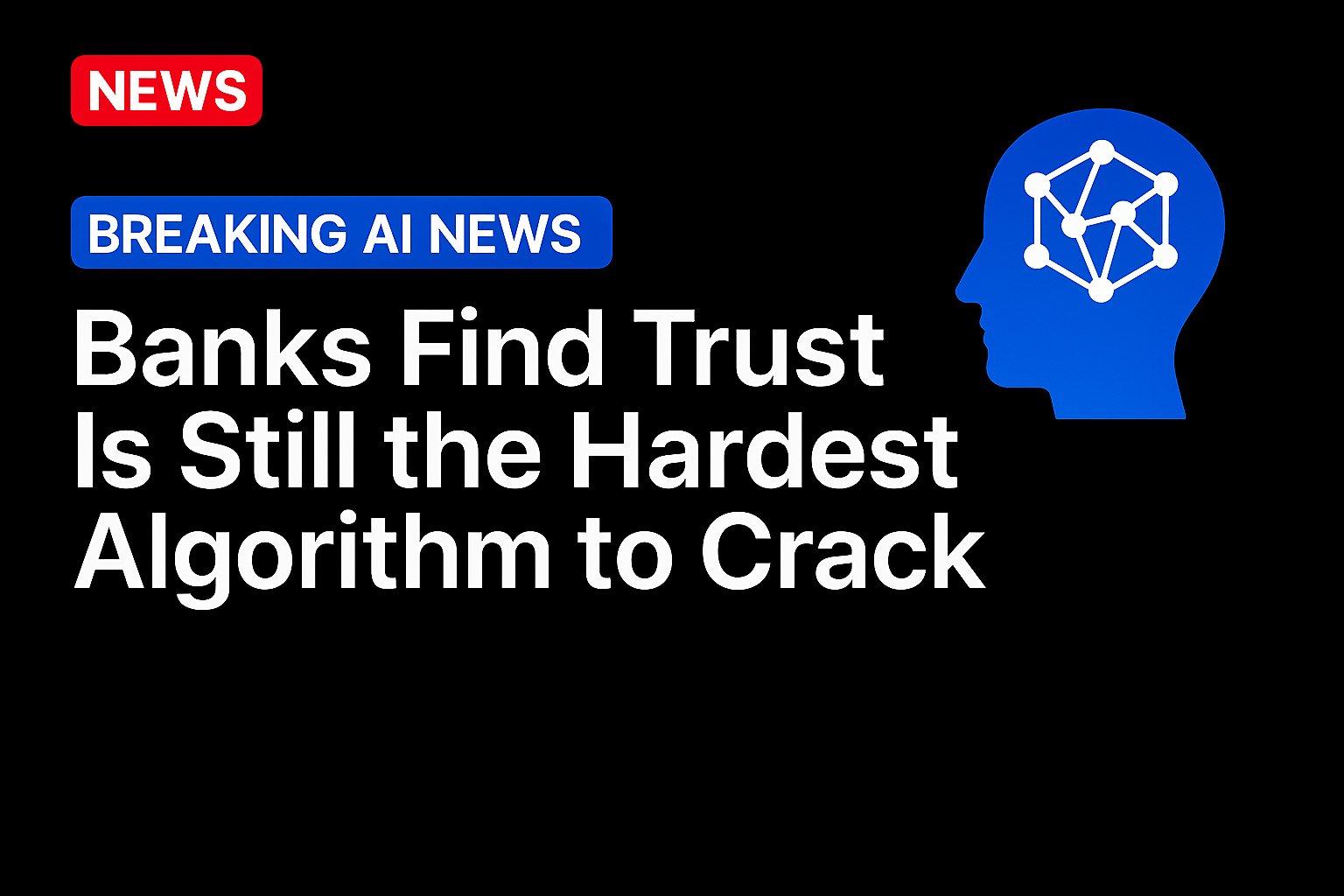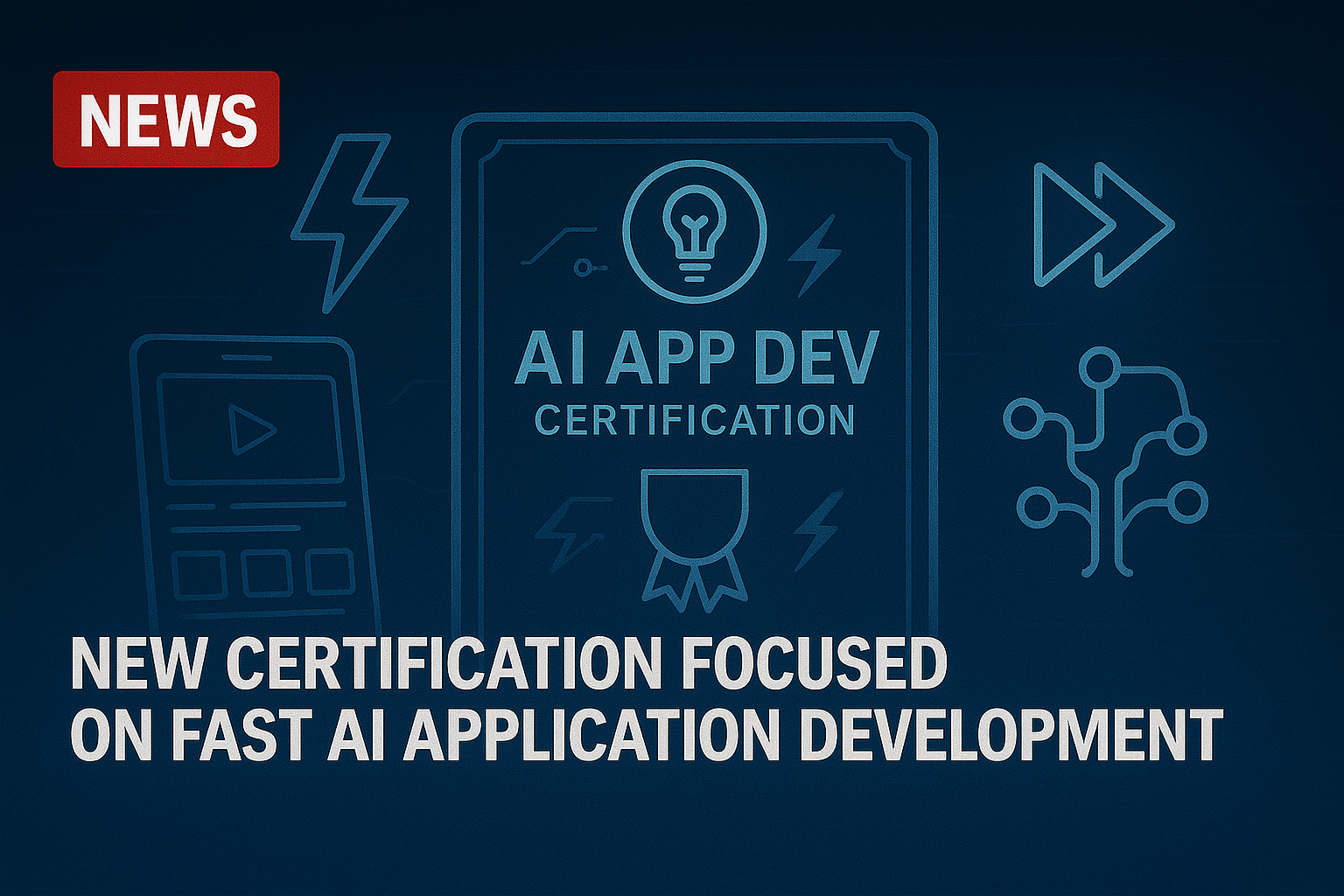Artificial intelligence (AI) is reshaping financial services, from lending decisions to fraud detection. But as Green Dot Chief Product Officer Melissa Douros cautions, the technology’s impact hinges on something more fundamental: trust.
Consumers must believe their data is secure, that AI-driven decisions are free from bias and that financial institutions are transparent about how systems work. Without those assurances, adoption will stall.
“It can be very difficult to gain a customer’s trust, but then, once they’ve given you the privilege of holding their money or lending credit to them, you have to keep that trust,” Douros told PYMNTS. She emphasized that financial services firms cannot afford to treat AI as a “black box” or obscure how models operate.
The Fragility of Trust
For Douros, the stakes are higher with AI than with traditional systems. “Humans tend to blame the machine over any human factor,” she said. She pointed to research showing that even when humans could not have prevented an accident, respondents still blamed the autonomous vehicle involved. That tendency, she said, translates directly to financial services: when a credit decision or fraud block feels unfair, consumers are more likely to hold AI responsible.
This dynamic means lenders must design systems that “ladder up to trust” by embedding explainability and transparency.
Continuous documentation of algorithms and open communication with regulators are central to this approach. “We should be able to expose how we’re using [AI], what’s the data that’s being ingested and what’s being spit out at any time anyone asks, especially a regulator,” Douros said.
Responsible Innovation and Oversight
Green Dot, Douros said, uses a two-pronged approach: responsible innovation and regulatory alignment. To meet evolving state and federal expectations, the company has built its platforms to be “resilient and flexible,” allowing for rapid adjustment as rules change, Douros said.
The company has also instituted specific oversight structures to keep its use of artificial intelligence compliant and fair. An internal AI task force reviews employee requests to test or adopt new tools, while a model risk management committee regularly evaluates the data being ingested and the outputs being generated. “If you ingest biased data, you’re going to output biased data,” Douros said. That principle underscores Green Dot’s emphasis on diverse data and rigorous compliance checks as core safeguards.
Data: Traditional Meets Alternative
AI has the potential to improve lending by moving beyond legacy models. But rather than discarding existing frameworks, Douros advocates blending them with new capabilities. “We take a very privacy-first approach, and that is not just our systems, but it’s our people, too. It’s who we hire. It’s how we permeate that privacy-first mindset throughout our culture,” she said.
She said Green Dot combines both traditional and alternative datasets to expand credit access. “You can use that traditional dataset, but then employ the AI to gather the insights. And as your AI modeling matures, slowly start to replace those legacy systems and traditional datasets,” she told PYMNTS.
Machine learning has been in play for years, but AI’s speed and scale allow it to extract insights more efficiently than human analysts. That opens the door to new ways of evaluating creditworthiness, while still respecting consumer privacy and regulatory guardrails.
Applying AI Across Operations
Green Dot is applying AI not only in credit and compliance but also in improving everyday operations. Douros noted that the company has deployed AI in its contact centers, where agents benefit from automated call notations that reduce the time it takes to wrap up an interaction. “By working with a vendor partner, we were able to employ AI to notate our calls with customers,” she said. The automation allows agents to move more quickly to the next customer, while sentiment analysis improves training and scripting.
On the technology side, the company’s Arc platform, which powers its banking-as-a-service capabilities, now uses AI to code white-label customer interfaces. “We’re actually using AI to code the front end,” Douros said. By shifting engineers into review mode instead of requiring them to write every line, Green Dot gains speed and efficiency.
The company is also exploring the use of artificial intelligence to analyze customer feedback on digital experiences. Historically, feedback required human teams to pull and sift through data manually. Now, Douros said, AI can aggregate real-world usage patterns and generate insights that help refine Green Dot’s digital platforms.
Billions Flowing Into AI
The rapid pace of AI development presents both opportunity and challenge. The majority of VC funding is going to AI companies and AI tools, equating to tens of billions of dollars. That flood of funding means financial institutions face a growing marketplace of tools and vendors, not all of them equally reliable.
Internally, she said, firms must establish clear strategies for evaluating, adopting and monitoring AI. “Employees are very excited about this new technology that they can employ, but we just need to make sure that new tools coming our way are going to be effectively used and monitored,” she added.
A North Star for AI in Finance
In mapping a roadmap for AI adoption, Douros urged companies to align their practices with regulator priorities. High-scrutiny areas such as lending and fraud prevention require the most transparency and oversight, while operational uses like coding or documentation carry lower regulatory risk.
The goal, she stressed, is not simply to adopt the latest AI tool but to embed a culture of accountability. “When we use AI, we want to make sure that we are [conducting] responsible innovation. Trust, she added, remains the ultimate benchmark: “Trust is only earned by transparency, by fairness, by accountability when things go wrong. And these really are our guiding principles when we use AI,” she said.
Source: https://www.pymnts.com/




